

Slots RTP and Volatility Explained
Collaborative Insights, Trusted Expertise
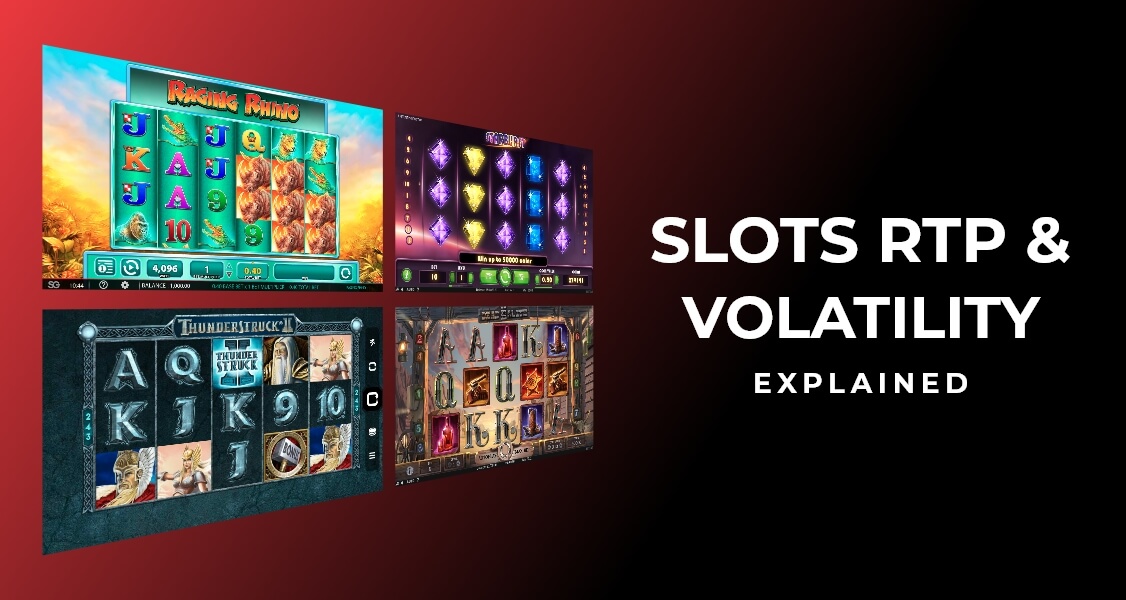
Online slot machines are by far the most popular casino game, enjoyed by players worldwide. The main goal of the game hasn’t changed ever since its invention in 1899 when Charles Fay managed to put together the first-ever slot machine.
Slots are very easy to play because no matter if we are talking about land-based slot machines or online video slots, they work the same.
The player places a bet and spins a set of reels with symbols and, in the end, the reels will stop in a random position. If the stopping position of matching symbols is associated with a paying line, the player will receive the prize.
Seems simple right?
Well, technically, playing a slot is very simple but behind the outcome of a spin, there are plenty of complex processes involving state-of-the-art mathematical algorithms.
Why is it important to understand how a slot works?
Slots are games of chance, meaning that as a player, it’s impossible to control the outcome of a spin. The only thing you can decide is where and what game you should play to slightly improve your odds of winning and to know what to pick, you need to first understand how they work.
If the first slot machine were mechanically based, nowadays, the randomness of the result is guaranteed by an RNG (Random Number Generator) that takes into consideration a lot of predetermined elements like RTP (Return to Player), Volatility, and Variance.
Every single online slot machine on the market functions based on these elements and not just slots but all the modern luck-based casino games.
But let’s take each of these elements and see what it represents and how it affects the outcome of a slot machine spin.
Return to Player (RTP)
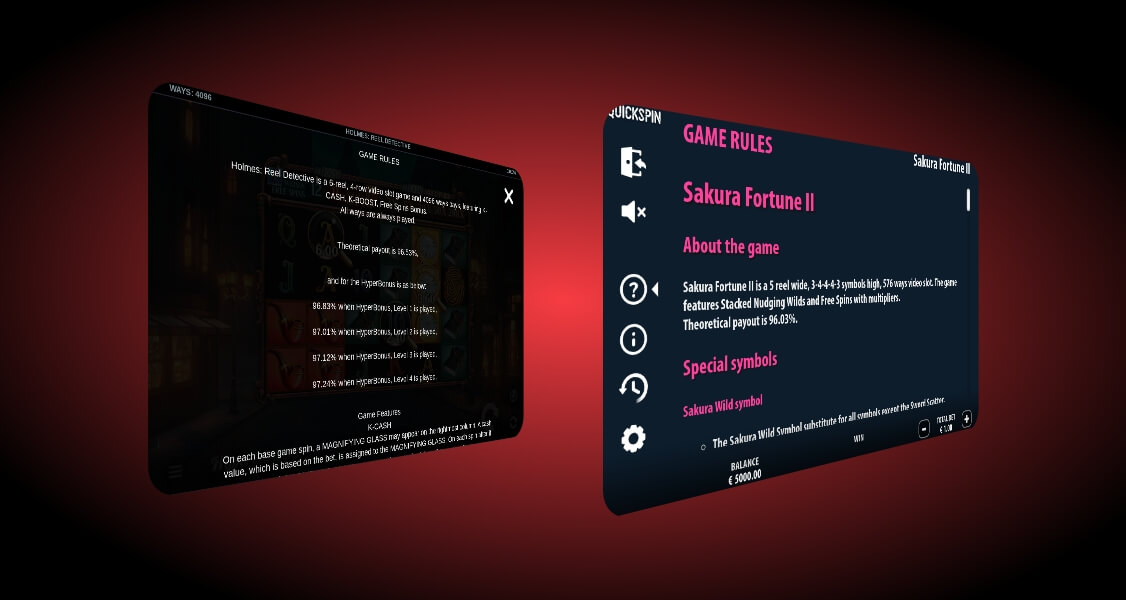
This is one of the most common terms you will encounter on the slots market and represents a theoretical mathematical measure of the amount of cash paid back by a slot machine over time while taking into consideration the house edge.
EXAMPLE
A slot with an RTP of 96% and a 4% house edge. Theoretically, on average, if you play 1,000 spins on this slot with a $1 wager on each spin, you can expect to receive back $960 while the casino operator wins $40, making a profit.
Doesn’t seem fair, right? Well, that’s why it’s called a “house edge” and it’s pretty fair even if it doesn’t seem like that at the first glance.
The RTP is theoretical, meaning that in our example, in the worst-case scenario, you may expect to get less than $960 but you can also win more than $1000 on a lucky day. In the end, this is what gambling is.
Usually, reputable casino software development companies will display the RTP of their slots on their homepage. An RTP of 95% or 96% is considered a market standard while a slot with an RTP of 97 or 98% is considered a high-paying title. There are also a couple of titles with a low RTP of 85% or even lower which should be avoided.
Volatility
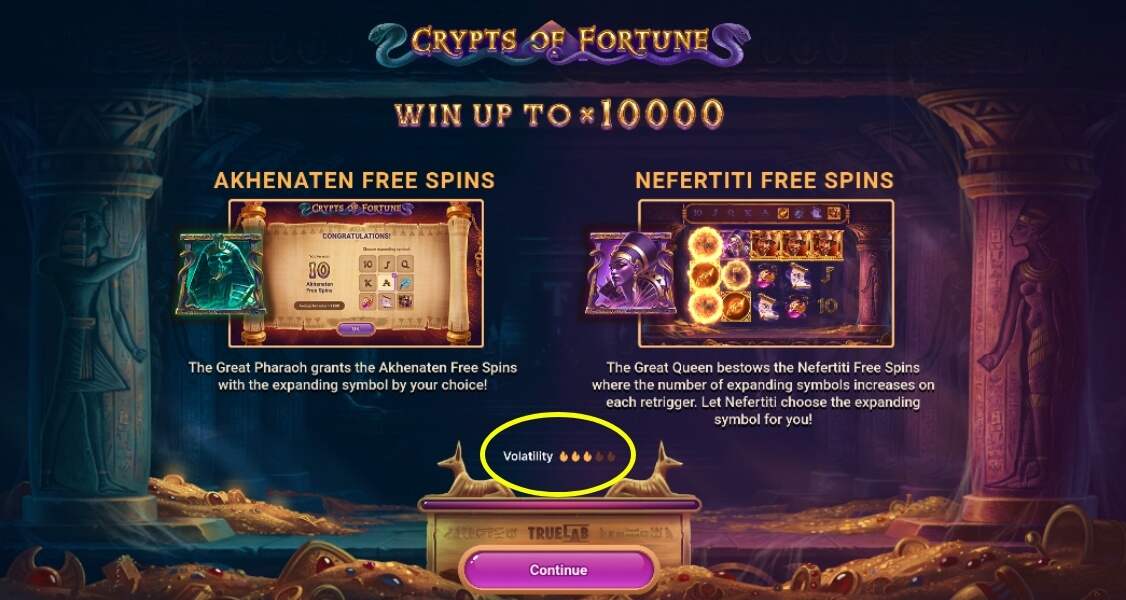
Volatility is the second widely-used term, usually appearing in conjunction with the RTP and it represents a measure of risk. A high volatility title will offer longer dry periods without any win but can also offer bigger prizes. On the opposite side, a low volatility slot will offer frequent wins but is much smaller in size.
To put it simply, a slot’s volatility is the risk factor that determines how often or how much you can expect to win in the short term as an opposition to the RTP which calculated the return percentage in the long run.
All slots can be classified into three main categories according to their volatility, high volatility slots, medium volatility titles, and low volatility slot machines. The higher the volatility, the bigger the prize, but also, the longer the windows with 0 return.
On the opposite side, lower volatility comes with less dry periods but also smaller prizes. Medium volatility machines fall in the middle, which is considered “balanced”.
Unfortunately, if most software providers display the RTP of their slots on their website, they are not forced to disclose the volatility also. This means that it can be a little tricky to find out what an actual slot’s volatility is.
BE AWARE
In some cases, the casino operators will display a volatility rating between 1 and 5, with 1 representing low volatility slots and 5 representing high-risk high-reward titles.
You can however guess a slot’s volatility by playing a couple of spins. This thing is available for free because most slots nowadays come with a demo version. On NonStopBonus, you have instant access to a collection of free-play online casino games. Check it out!
Spend as much time as you need in the demo version and give it some spins to see just how likely you are to hit a prize. Another option would be to verify the paytable.
High volatility slots, being high risk-high rewards games will promise huge amounts of cash, while low volatility games will have more limited perspectives.
Volatility vs Variance
Variance and volatility are terms used by experienced spinners but have slightly different meanings.
While it is true that both terms refer to the risk factor of a slot machine and may give you some sort of an idea of what to expect in terms of potential prizes and the level of risk, in the end they mean different things.
While volatility describes the chances to score a win and how big that win is, variance refers more to the distribution of winning combinations in the long run, kind of similar to RTP.
High Volatility slots or Low Volatility games - Which ones are better?
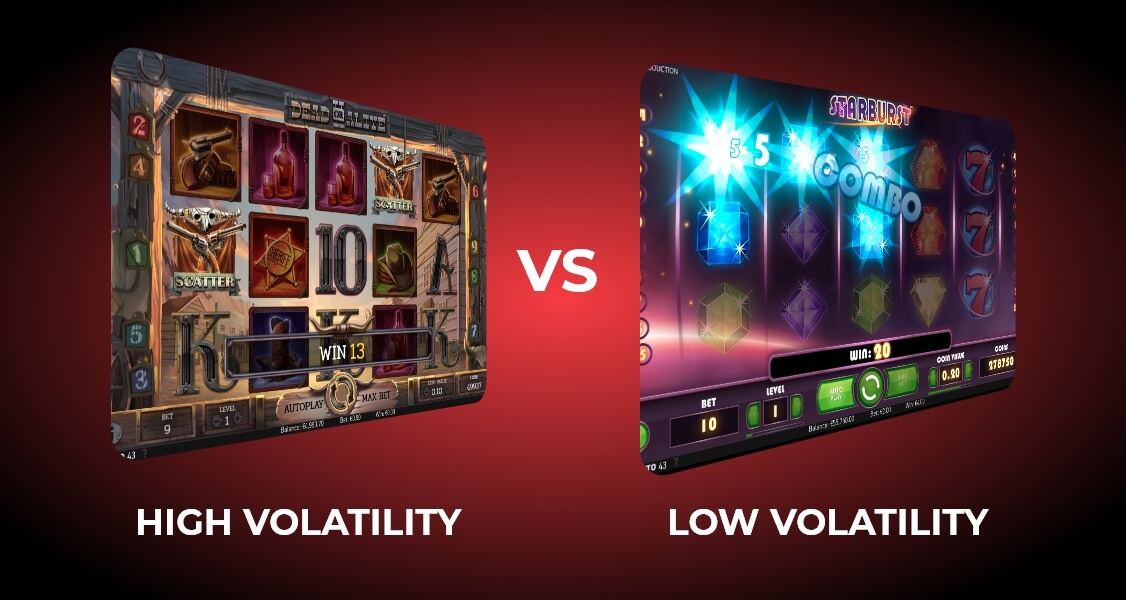
When we are talking about a slots’ RTP and what is better, the answer is pretty obvious, because it’s always better to pick a title with an RTP as big as possible and a house edge as low as possible. When it comes to volatility, however, things are not that simple.
There is no straight answer to which one is better because it depends a lot on your particular playstyle and budget.
High rollers who can afford longer dry periods and want to enjoy the excitement of staggering wins may often opt for high volatility slots like progressive jackpot titles usually are.
Casual players and low rollers on the other hand will want to opt for a safer option and go with low volatility titles that even if they offer small prizes, are more constant and don’t drain the budget so fast.
DID YOU KNOW?
Nowadays, there are even some titles on the market that allow players to select their desired volatility, changing the very way the game functions.
However, they are not yet that common and tend to offer an average or a below-average RTP, so they are not necessarily the best choice for beginners.
Final Words
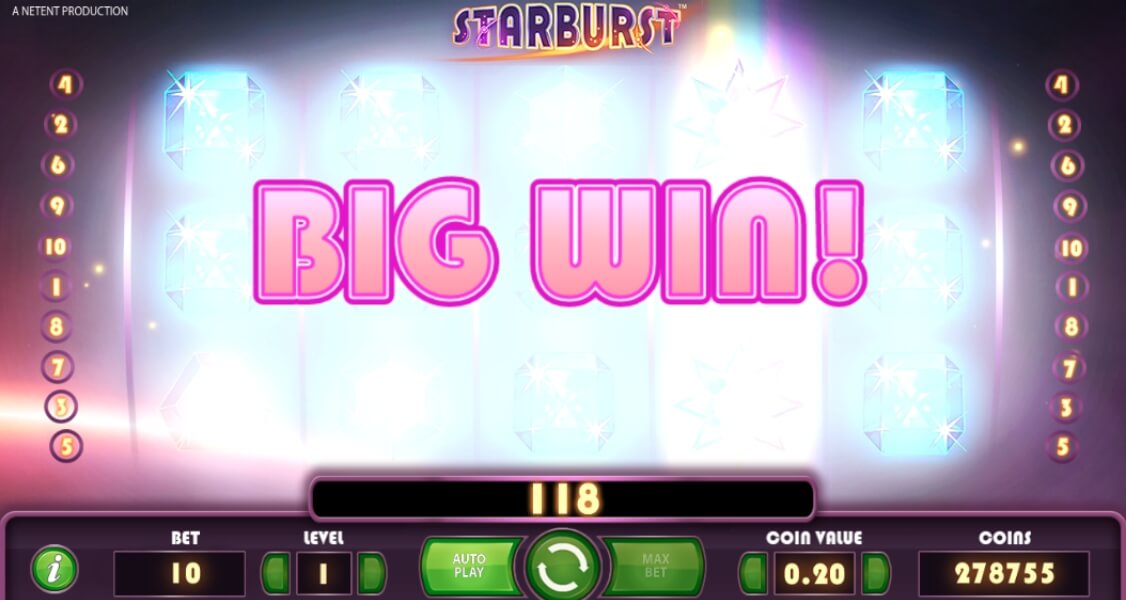
A slot’s RTP, volatility, and variance are all taken into consideration by the RNG algorithm when calculating the outcome of a spin’s result. While you can’t control this outcome, you can select the right title according to your own needs to obtain slightly better odds.
Don’t forget to test any slot for free to see exactly how it acts and if it is indeed the right choice for you before investing real cash.
